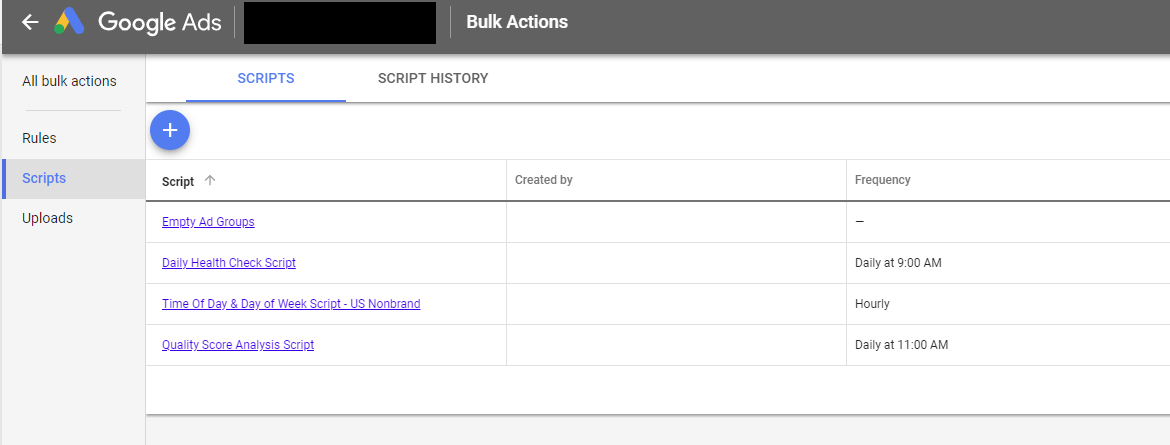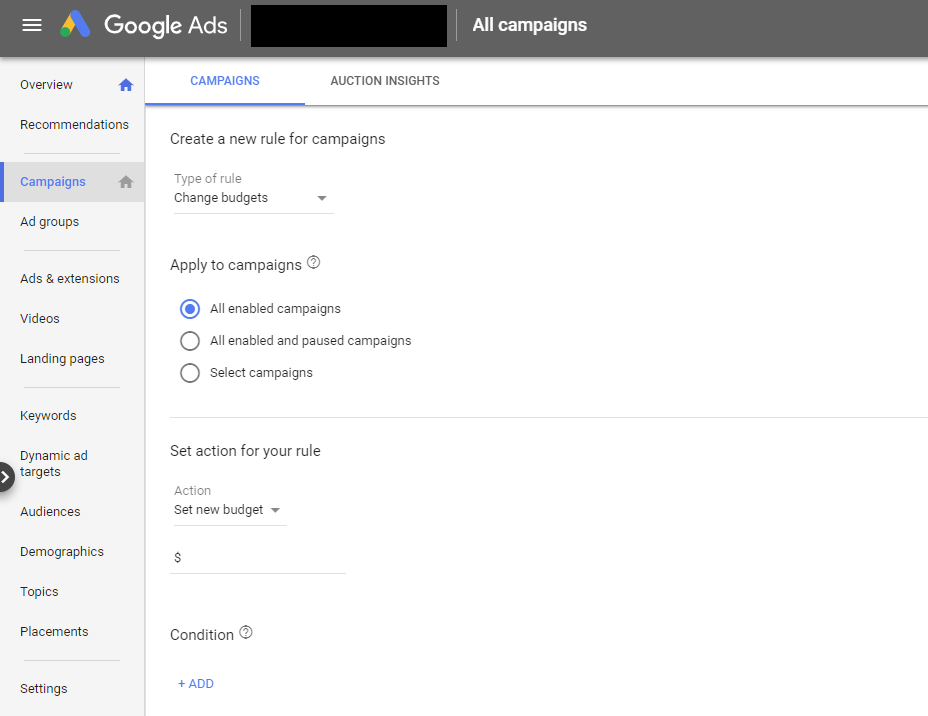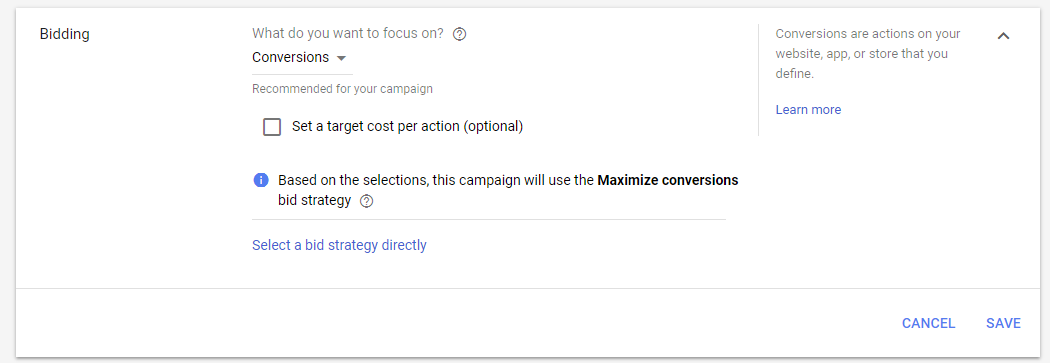There are many resources out there for digital marketers to help speed up recurring tasks, leaving more time to focus on more strategic initiatives to help grow and expand accounts.
A few of the resources and tools that are out there are scripts, Excel tools and functions, automated rules, automated bid rules, and smart bidding. Each one of these resources can be powerful tools if used in the correct way. We will walk through their benefits and some examples below.
Scripts
Google Scripts are JavaScript codes that can be used to help control and make adjustments to your campaign performance.
They can also be used to pull data to help with daily help checks or reporting that you may look at daily or weekly. You don’t have to be a developer to use scripts, although if you were looking to write them from scratch, some background in JavaScript would help.
There are a bunch of blogs and resources out there that already contain written scripts that can help solve some of your problems. Some scripts that I enjoy using are link checker, ad groups with no active text ads, negative keyword conflict checker, account checker, and auto-add negative keyword.

Excel tools & functions
Excel can be an overwhelming tool for those who are just beginning and might not have used some of the more advanced functions. Excel can be a powerful tool to help you save time performing bidding, analyzing account performance, and doing competitor analysis.
A great example of an analysis that paid search marketers find themselves doing over and over again is competitor analysis by looking at Auction insights. It can take some time to download the data and create all the charts for both brand and non-brand.
A way to speed up the analysis is with pivot tables and pivot charts, allowing you to format the data one time and just refresh it every time you want to look at what competitors are coming in and out of the auction at any given time.
Automated rules
Automated rules can help speed up tasks that you might do often, but scheduled automated rules and scripts tend to have some overlap in some of the functionality.
I would recommend testing both and seeing which one works best for you. Some automated rules that can be applied are pausing and activating copy, which is useful for clients that constantly have promotions; you can also set rules to activate and pause campaigns, ad groups, and keywords.
There are also rules that are more focused on performance. You can create rules to pause low-performing ads or keywords and increase or decrease budget based on performance or day of the week.
Please note: It’s important to set parameters for budget changes, or Google could continue to push budgets into a range where you are not comfortable spending.

Automated bid rules
Automated bid rules are part of Google’s automated rules; you can adjust keyword bids based on different criteria. These rules are powerful tools that should be used with lots of consideration.
Think about the adjustments that you are making daily or weekly and the steps that you go through. There might be an opportunity for you to automate those steps if your process is always the same day to day or week to week. There are a few popular bidding adjustments that you can implement, raising keywords to the top of page bid, raising keywords to the first page bid, and adjusting bids based on average position. But as you can imagine, if you gave Google the power to increase bids to the top of the page on every keyword, it could start to spend out of control.
It is important to set limits on those types of rules and consider a smaller set of keywords maybe these are your top performers or you might have launched a new product and you want to ensure that you are at the top of the page to raise brand awareness.
Another popular rule would be adjusting based on cost per conversion, allowing you to increase or decrease bids based on cost per conversion and conversion volume.
Some things to think about here are the number of conversions, average position, and impression share. You don’t want to adjust keywords that don’t have enough data, and you don’t want to continue to push keywords that are already at the top of the page. Automated bid rules are customizable so you can determine the conversion, average position, and impression share limits.
The upshot with automated marketing functions is that they’re very powerful and can save tons of time, but often have the potential to go haywire if they’re not properly set up. Use them wisely, and give yourself bandwidth to pursue more strategic initiatives which I’ll cover in future posts.
Smart bidding
Google’s smart bidding has come a long way since enhanced CPC was introduced a few years ago. Google has introduced other bidding strategies to include maximize clicks, target impression share, target CPA, target ROAS (Return on Ad-Spend), and maximize conversions.
With these bidding strategies Google will take into account device, location, time of day, remarketing and language when pushing out bids. Google does recommend these strategies for advertisers with at least 30 conversions in the past 30 days for target CPA and 50 conversions for target ROAS.
Automated bidding is something that is best A/B tested with campaign drafts and experiments to ensure that it is the best decision for your business. In some cases, there might not be enough data to make the most data-driven decision and other bidding methods might be better for your business.

Scripts, excel tools and function, automated rules, automated bid rules, and smart bidding are a few ways that marketers can speed up their time spent on recurring analysis and focus more on strategic initiatives to help further grow accounts.
Before trying to attack all five of these tools at once, think about which tools will save you the most time and start there.
Try to start with automated strategy once a week, you’ll never know how much time you can save.
Lauren Crain is a Client Services Lead in 3Q Digital’s SMB division, 3Q Incubate.
The post Marketing automation for SEO: Five time-saving strategies appeared first on Search Engine Watch.
source https://searchenginewatch.com/2019/03/18/marketing-automation-for-seo-five-time-saving-strategies/
No comments:
Post a Comment